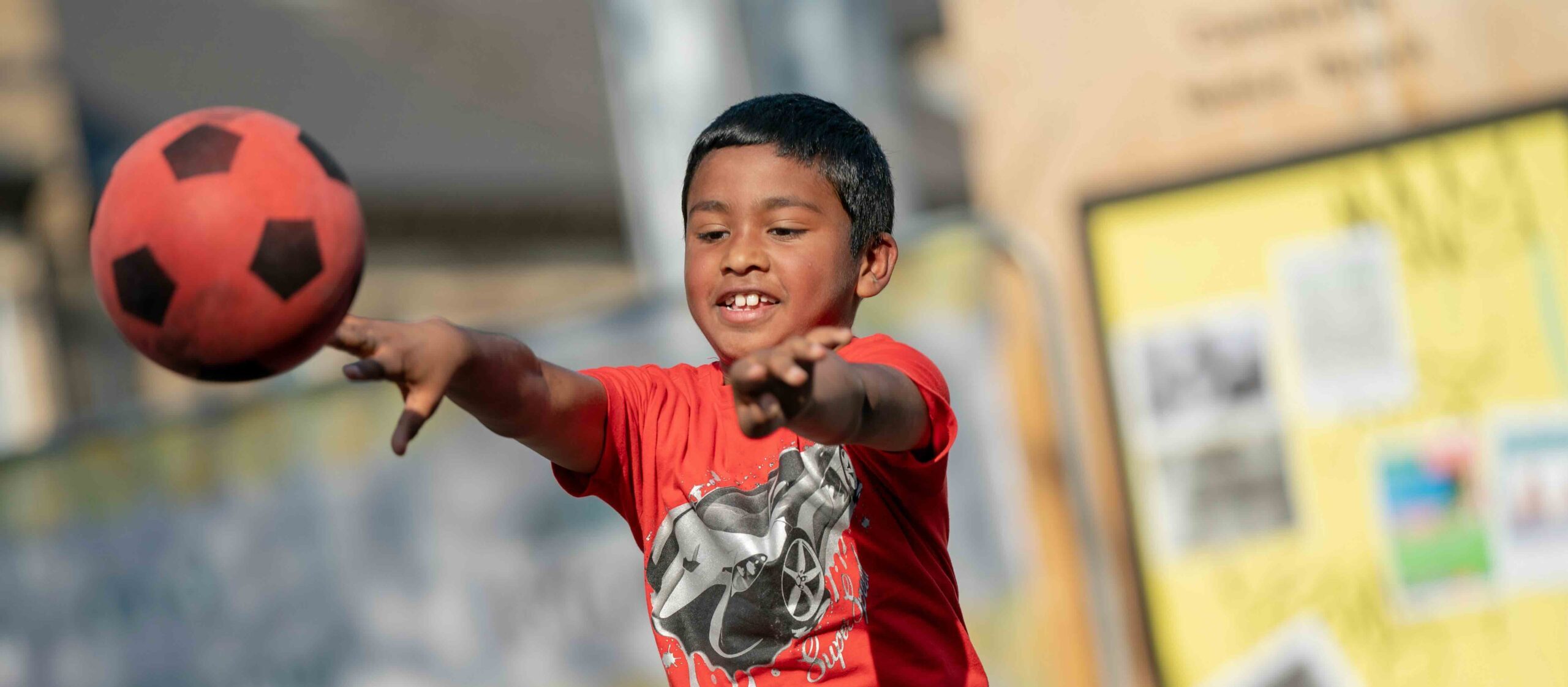Play in the Community
How to carry out a community play audit
A community play audit helps you understand the play opportunities that exist in your local community. It’s a way of mapping out:
- what kinds of play are happening
- where play is happening
- what is supporting play
- what is stopping or getting in the way of play.
An audit could look at one play space – like a street, school playground or park – or it could cover a wider local area.
An audit can help you campaign, providing you with the information you need to increase or improve play opportunities locally.
Why carry out a play audit?
An audit will help you to:
- get a better understanding of the play opportunities that are available in your community
- collect evidence about what’s happening locally
- make a case for play
- discover if there are gaps in opportunities for children of different ages, backgrounds and abilities.
What does an audit look at?
An audit can collect information about space, time, resources and opportunities to play. It’s also worth including adults’ attitudes to play, because they have a huge effect on whether children feel free to play.
Design your audit for the space or location you want to find out about. You might look at things like:
- provision for play – such as parks and play spaces (indoors and outdoors)
- features and equipment children use for playing – such as swings, trees, boulders and sand
- play that you can see happening or that children and teenagers tell you about
- people and organisations who are involved in supporting play – this could be varied, from street play closures
- organised by parents, to a local play association, to your local authority’s play team
- information that’s available to the community about playing and play opportunities.
How do I organise a play audit?
An audit can involve different types of activity:
- listing what is currently available using information from maps, local plans and the local council
- using surveys and your observations to create a more detailed map of where and when children and teenagers
- observing play at specific locations
- recording details about who is playing (for example gender, age), what kinds of play you see, what supports play and what gets in the way
- talking to the people involved about the information you have collected, so that you can check whether your impression is correct. People such as children and teenagers, playground supervisors and local residents could have different and valuable points of view and information to add.
You can use the play space audit tool to help you get started.
Using your findings
There are different ways you can use the information you’ve collected. You can:
- have a discussion with everyone involved, using your findings as the starting point
- draw up an action plan for increasing or improving local play opportunities
- make funding applications
- present your findings to people who can help you make a difference locally – for example decision makers such as local politicians
- choose the strongest points and use them to get the media interested
- share your findings through social media – like Twitter and Facebook.













